Maritime laws that were created because of the Titanic
The sinking of the Titanic in 1912 was not just a maritime disaster; it became a catalyst for sweeping changes in maritime law. At the time, the Titanic was considered unsinkable, yet its tragic fate revealed significant gaps in safety protocols at sea. This event sparked a global movement towards enhancing maritime safety standards, ensuring that such a catastrophe would not occur again. The changes implemented in the aftermath have had a lasting impact on how ships are built, operated, and regulated.
The Unthinkable Disaster: A Brief Recap of the Titanic Tragedy
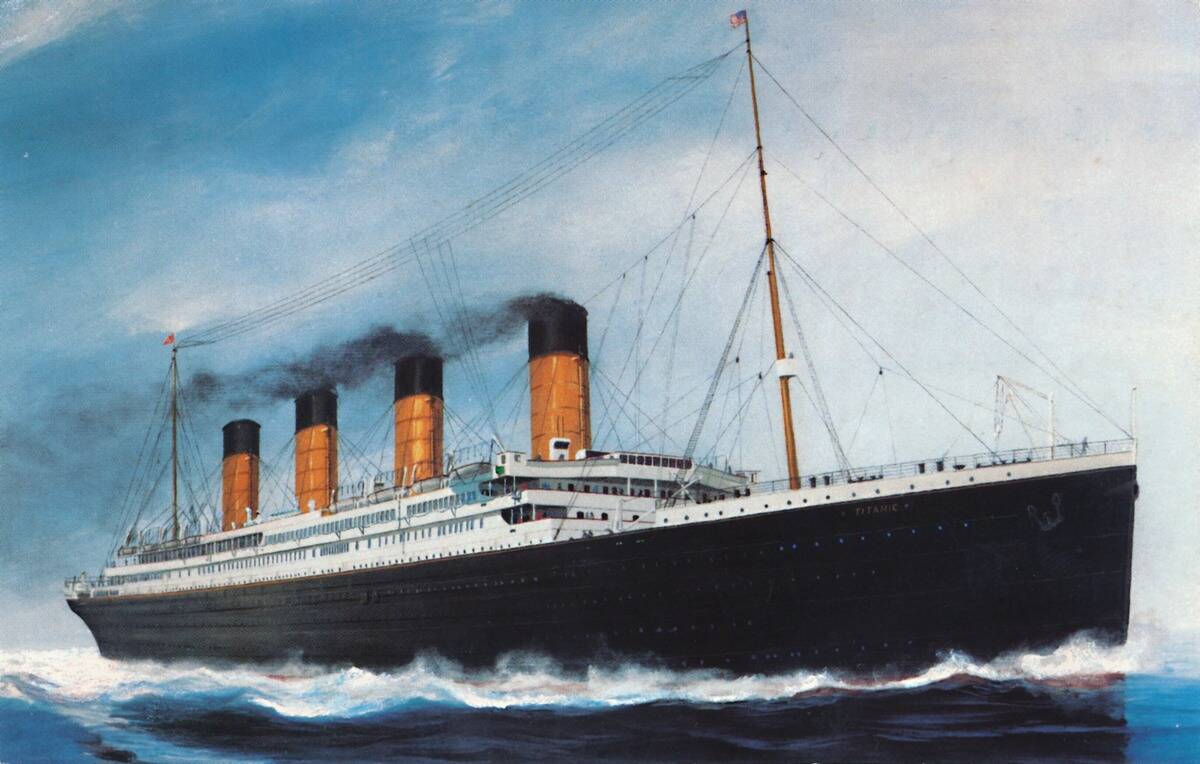
The RMS Titanic, a British passenger liner, struck an iceberg on its maiden voyage from Southampton to New York City. Out of over 2,200 passengers and crew aboard, more than 1,500 lost their lives in the icy Atlantic waters. This disaster highlighted the inadequacies in lifeboat provisions and emergency preparedness. The Titanic was equipped with only 20 lifeboats, enough for just about half of those on board. This shortfall underscored the urgent need for reforms in maritime safety.
The Birth of Modern Maritime Safety Regulations
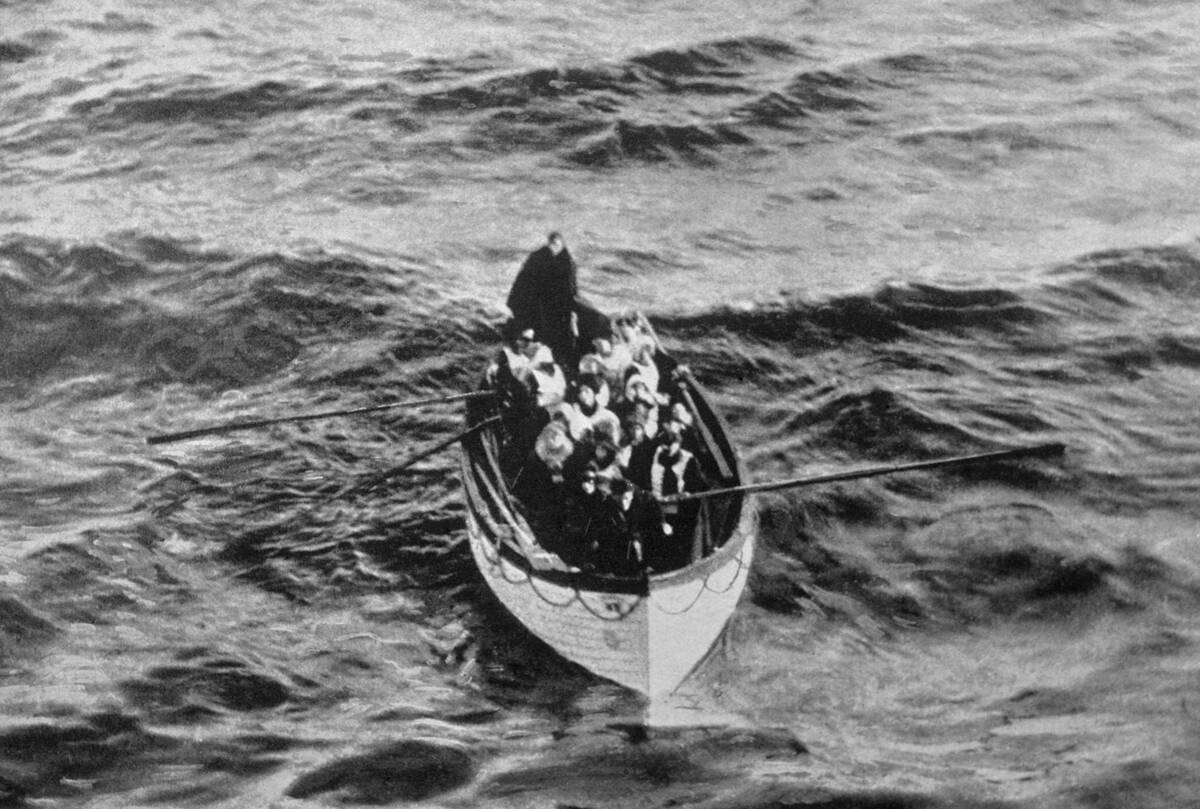
In the wake of the Titanic disaster, international maritime safety regulations underwent a significant transformation. The tragedy demonstrated that existing regulations were outdated and insufficient. In response, nations came together to draft new rules that would prioritize the safety of passengers and crew. These reforms laid the groundwork for the development of comprehensive safety standards that would be enforced worldwide, aiming to prevent similar disasters in the future and ensure better protection for all who travel by sea.
International Ice Patrol: Keeping an Eye on the Icebergs
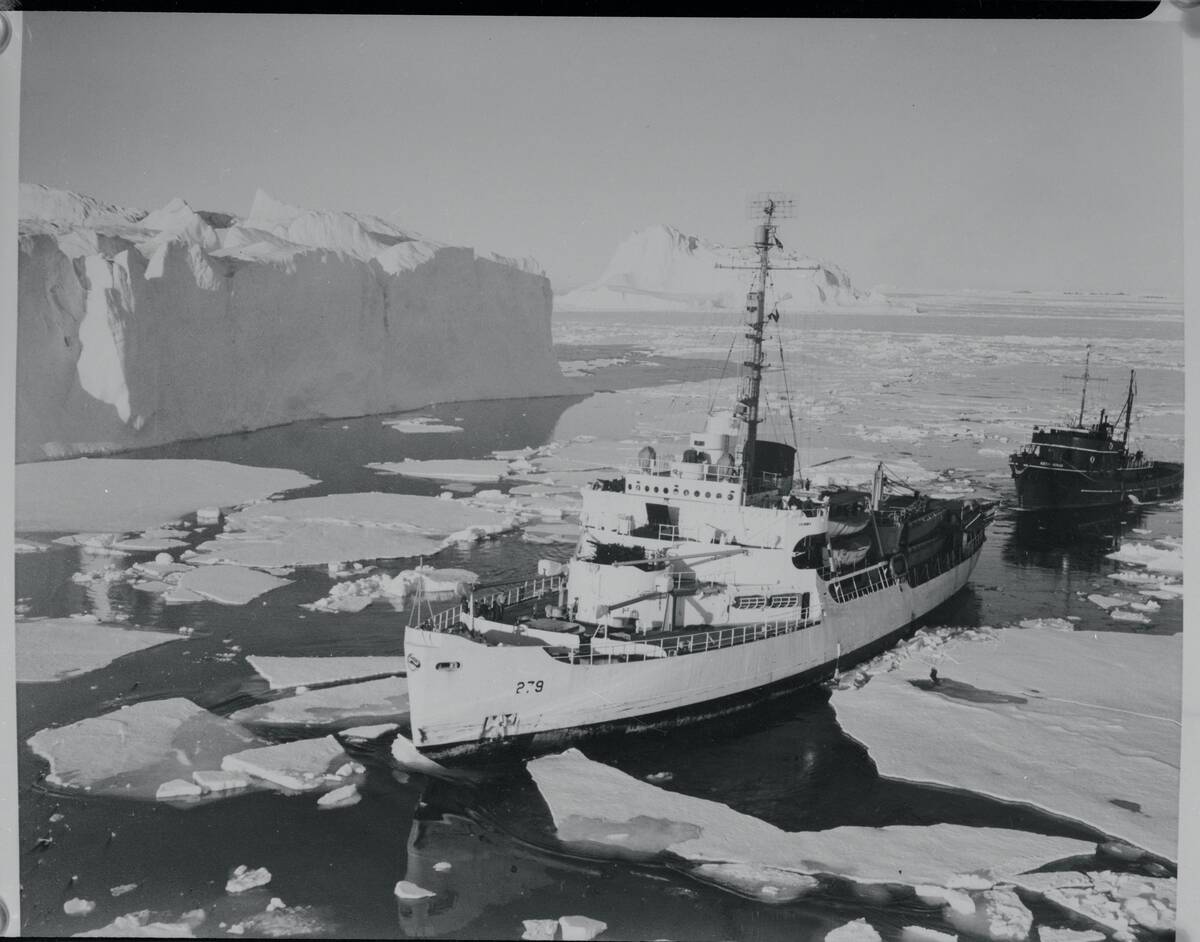
Following the Titanic’s sinking, the International Ice Patrol (IIP) was established in 1914 to monitor iceberg dangers in the North Atlantic. Managed by the United States Coast Guard, the IIP uses satellite imagery and reconnaissance flights to track icebergs and issue warnings to transatlantic ships. This service plays a crucial role in preventing iceberg-related accidents, improving the safety of maritime travel in the treacherous waters where the Titanic met its fate. The IIP is a testament to the enduring lessons learned from the tragedy.
Lifeboat Requirements: Ensuring Enough for All
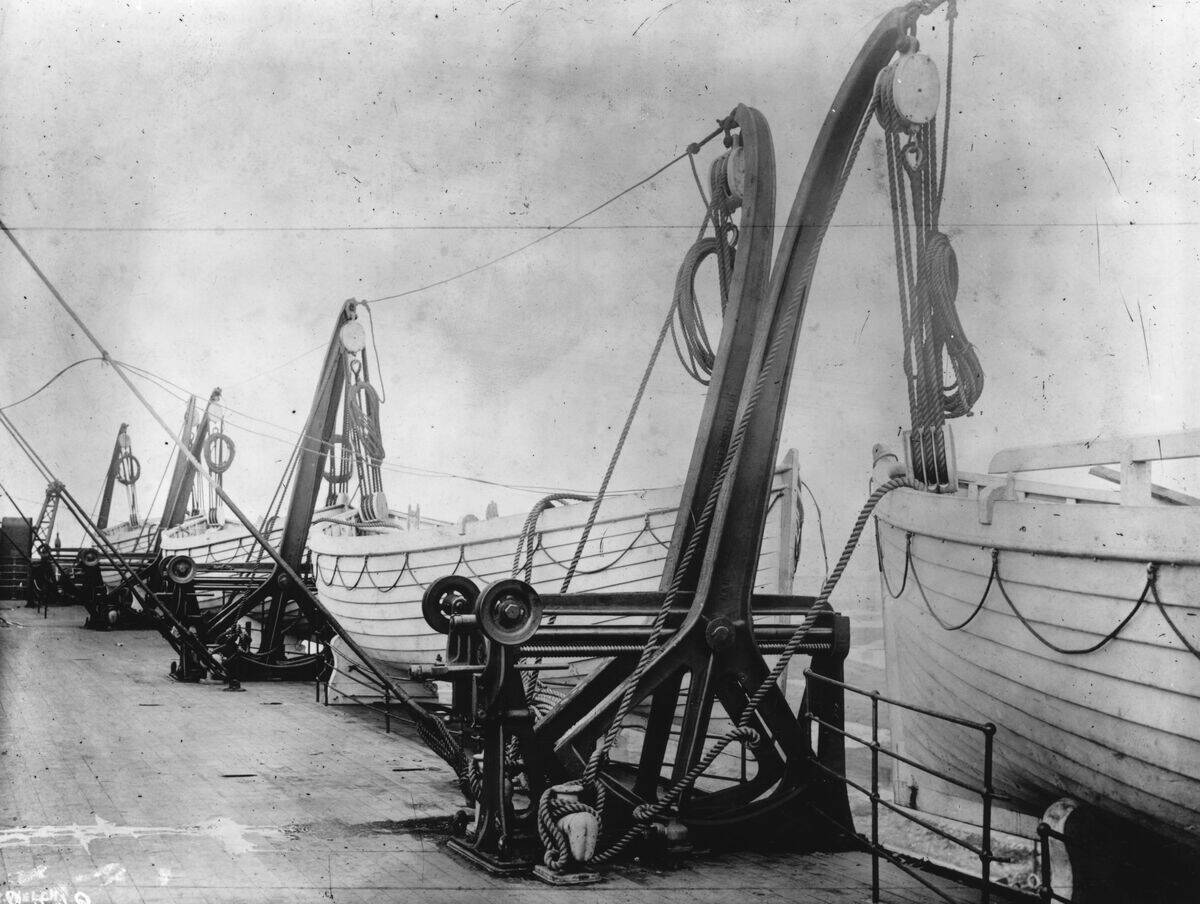
One of the most significant outcomes of the Titanic tragedy was the revision of lifeboat requirements. Before the disaster, lifeboats were seen as a means to ferry passengers to nearby rescue vessels rather than accommodate everyone on board. Post-Titanic, regulations were changed to require sufficient lifeboats for all passengers and crew on a ship. This change has saved countless lives in subsequent maritime emergencies and remains a fundamental aspect of maritime safety regulations today.
Radio Communication: The Need for 24/7 Wireless Operators
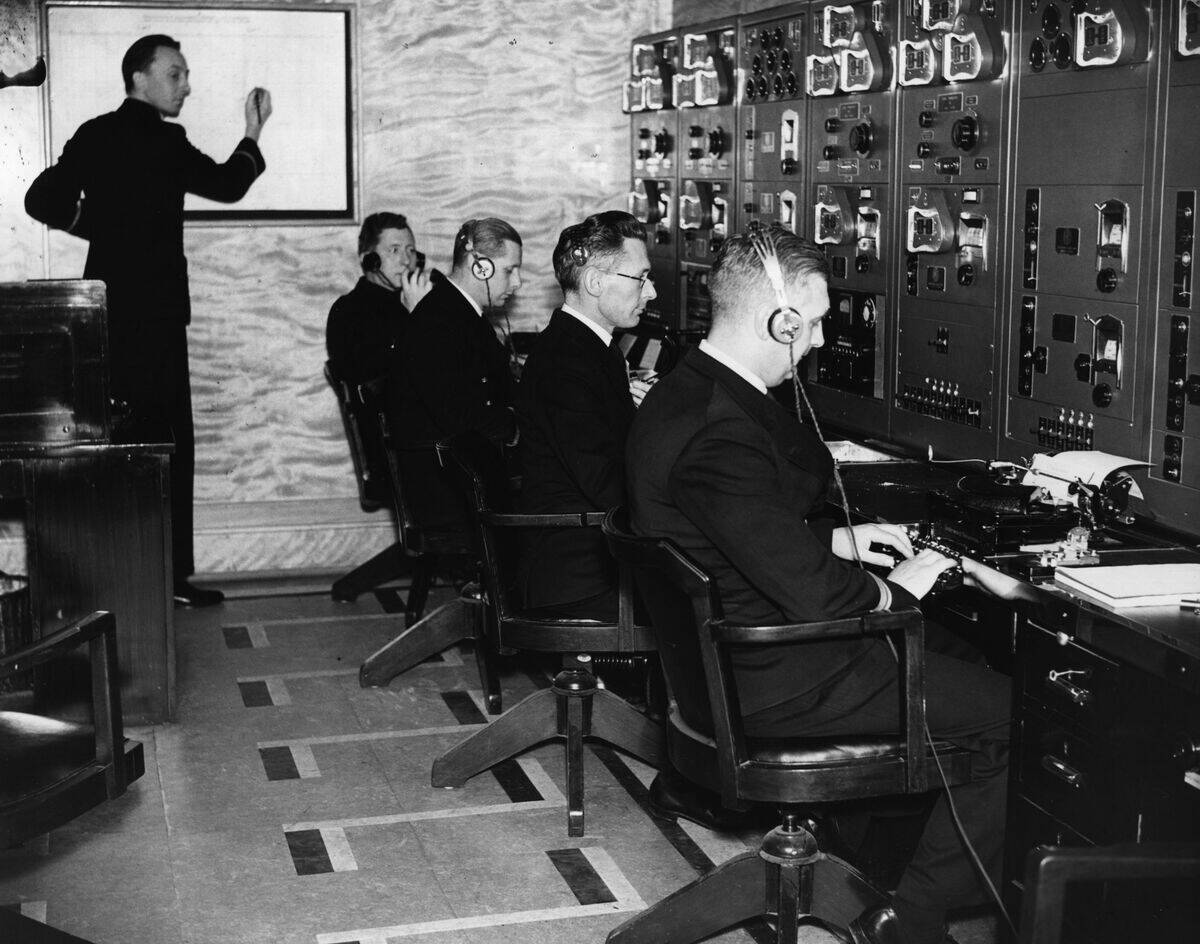
The Titanic’s sinking highlighted the critical importance of radio communication at sea. During the disaster, there were delays in distress signals because radio operators were not on duty 24/7. As a result, laws were enacted to ensure round-the-clock radio operation on ships. This change allowed for timely distress calls and more efficient communication during emergencies, significantly enhancing the ability of vessels to respond to those in need and coordinate rescue efforts.
Safety Drills: Practice Makes Perfect
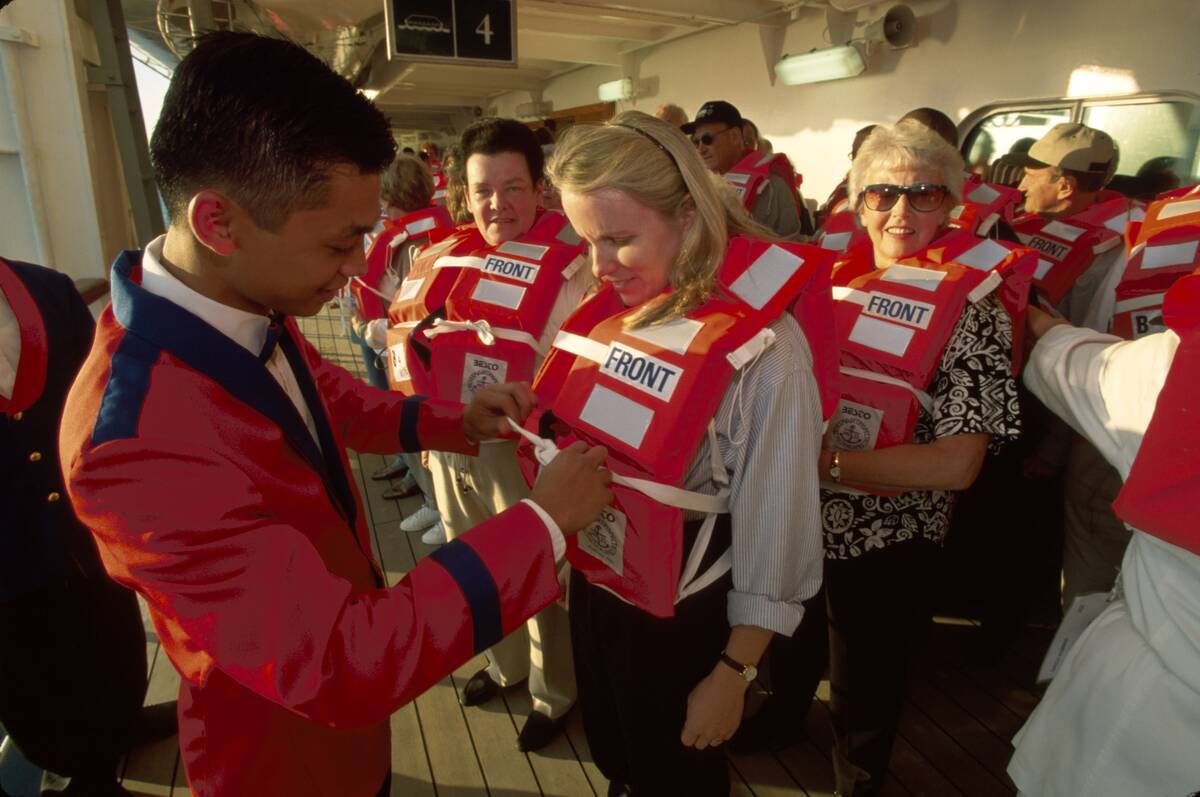
In the aftermath of the Titanic disaster, it became clear that regular safety drills were essential for passengers and crew to be well-prepared in emergencies. Before the tragedy, such drills were infrequent and often not taken seriously. New regulations mandated regular lifeboat drills and safety instructions, ensuring that everyone on board would know what to do in the event of a real emergency. This practice has become a standard in maritime safety, helping to save lives by ensuring preparedness and reducing panic during crises.
The Role of the International Convention for the Safety of Life at Sea (SOLAS)
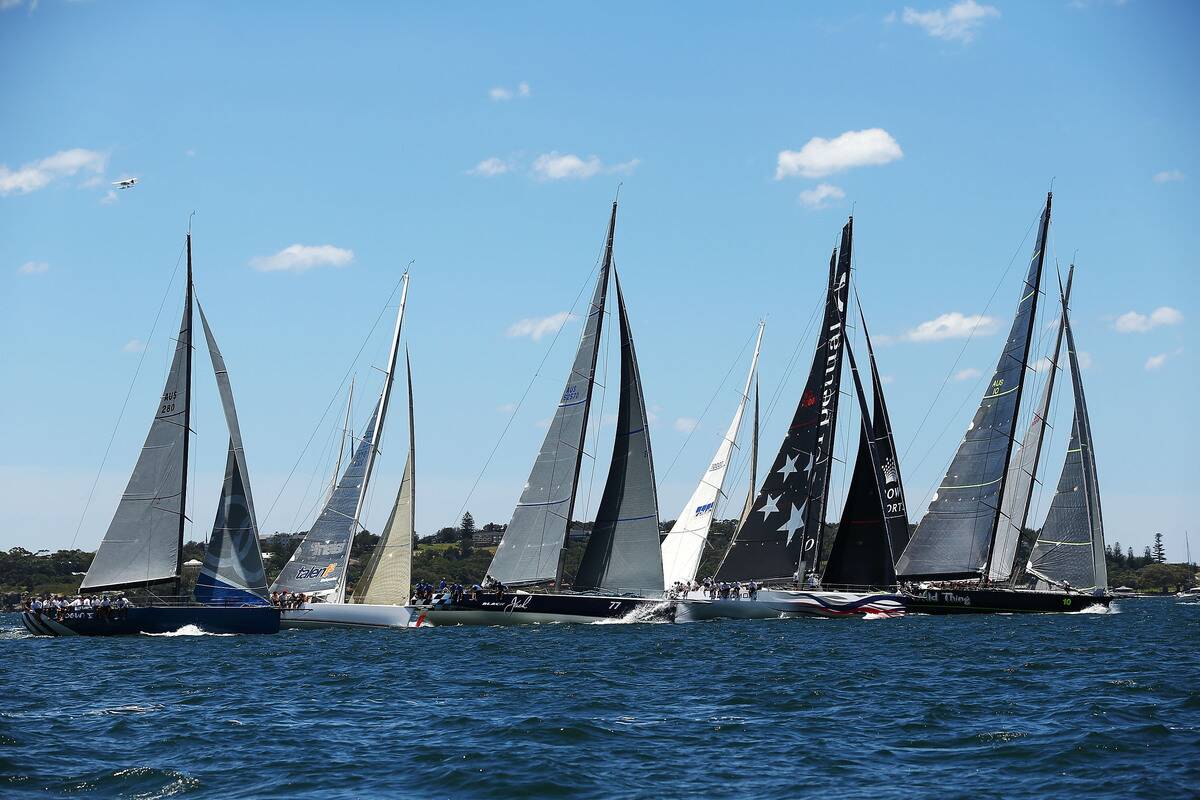
The International Convention for the Safety of Life at Sea (SOLAS) was established in response to the Titanic disaster, first adopted in 1914. SOLAS has since become one of the most important international treaties concerning maritime safety. It sets minimum safety standards in the construction, equipment, and operation of ships. The convention is continuously updated to address new challenges and technologies, ensuring it remains relevant and effective in protecting lives at sea. SOLAS is a cornerstone in the legacy of the Titanic’s impact on maritime law.
The Influence of the British Wreck Commissioner’s Inquiry
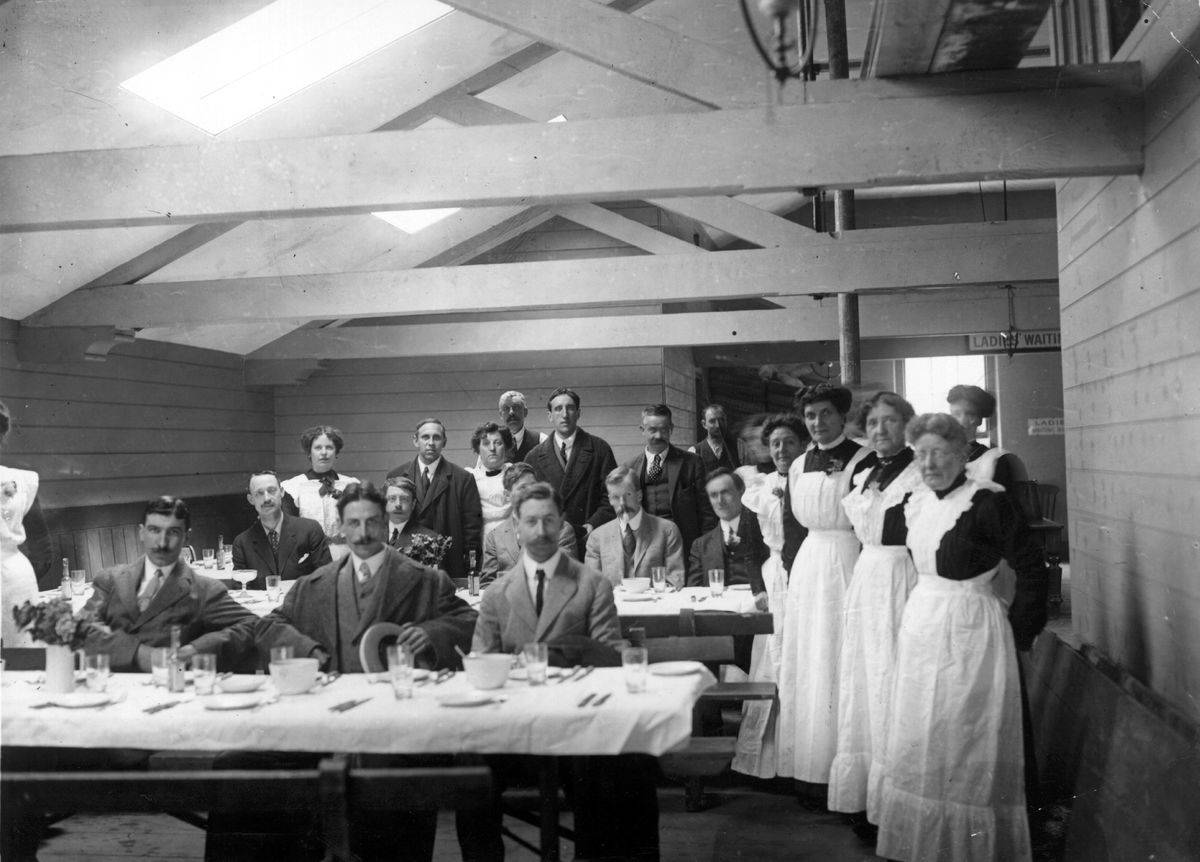
The British Wreck Commissioner’s Inquiry was one of the key investigations conducted after the Titanic sank. It examined the causes of the disaster and made several recommendations for improving maritime safety. The inquiry highlighted the need for better lifeboat provisions, continuous radio watch, and improved ship design. Its findings were instrumental in shaping new maritime laws and helped to ensure that the lessons from the Titanic were not forgotten. The inquiry’s influence is still felt in today’s maritime safety regulations.
The Impact on Ship Design: Double Hulls and Bulkheads
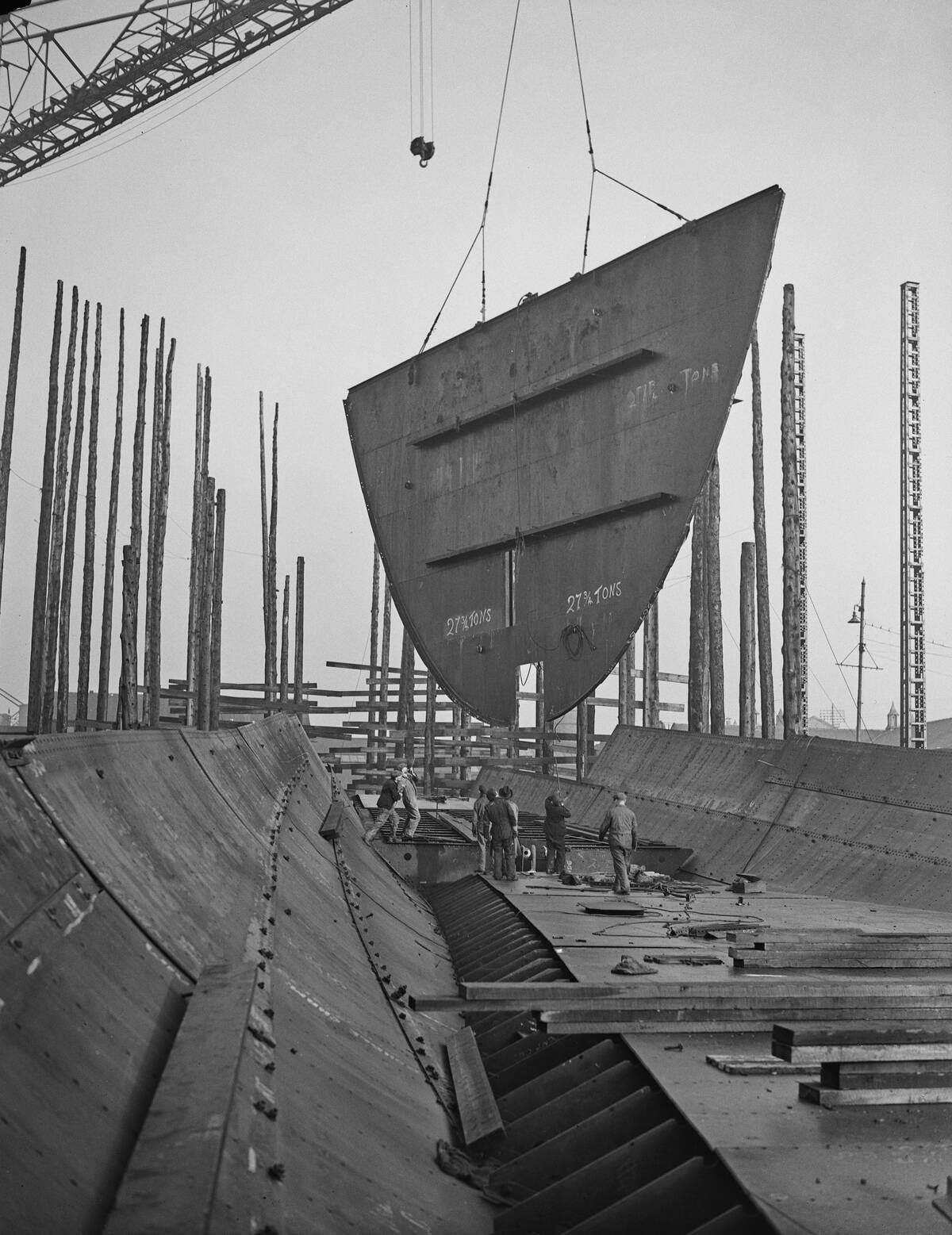
The sinking of the Titanic spurred significant changes in ship design, particularly concerning hull construction and bulkhead placement. The disaster revealed flaws in the Titanic’s design, such as its insufficient bulkhead height and lack of a double hull. In response, shipbuilders began to incorporate double hulls and extend bulkheads to improve a ship’s ability to withstand damage and prevent flooding. These design improvements have greatly enhanced the structural safety of modern ships, making them more resilient in the face of potential threats.
The Evolution of Passenger Ship Safety Certificates
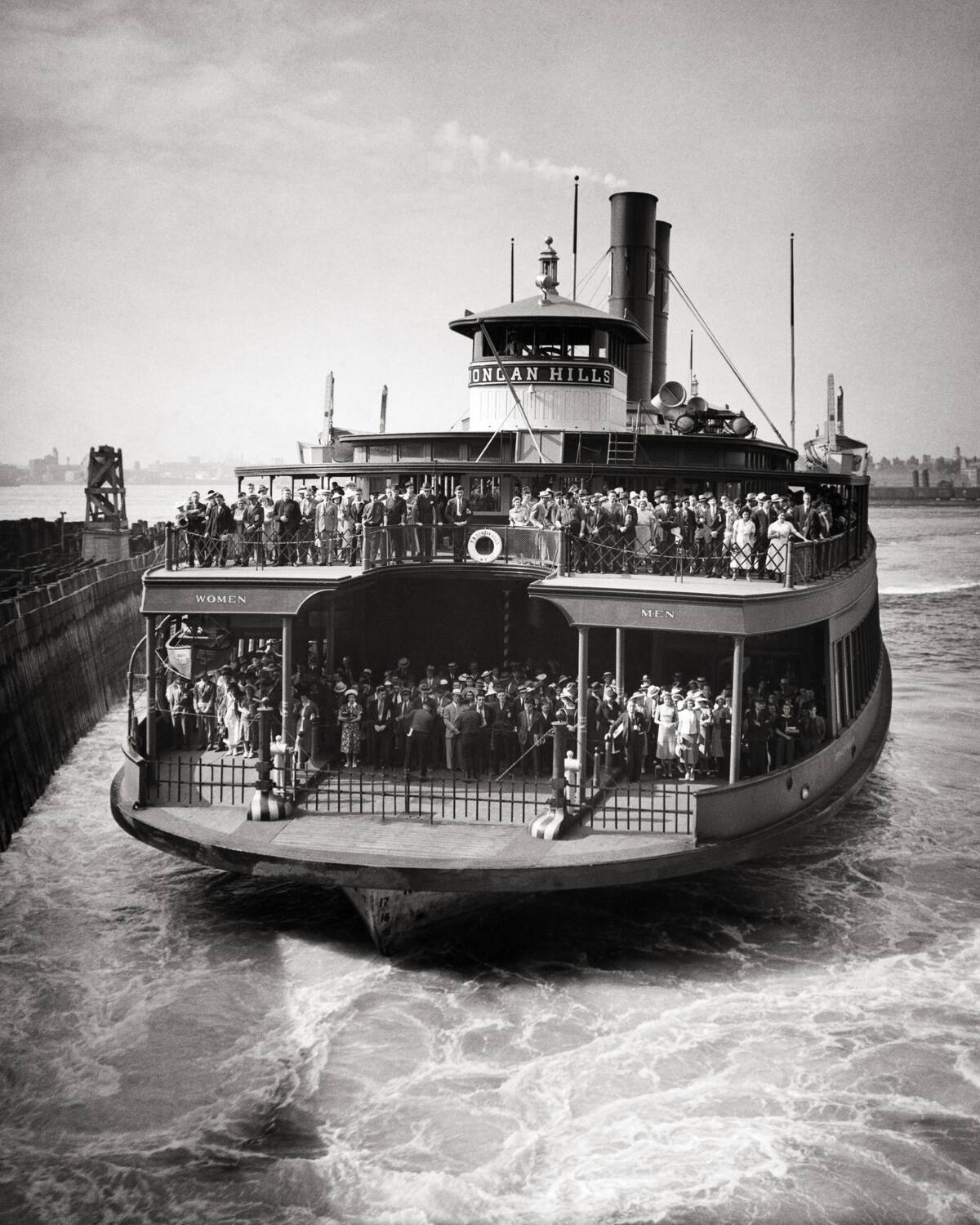
In the wake of the Titanic tragedy, the issuance and regulation of passenger ship safety certificates underwent significant changes. These certificates, which attest to a ship’s compliance with safety standards, became more stringent and comprehensive. Ships are now required to demonstrate adherence to updated safety protocols, including lifeboat capacity, fire safety measures, and structural integrity. The evolution of these certificates ensures that passenger vessels are routinely inspected and maintained to the highest safety standards, reinforcing the commitment to protecting lives at sea.
Implementing the Distress Call: SOS on the High Seas
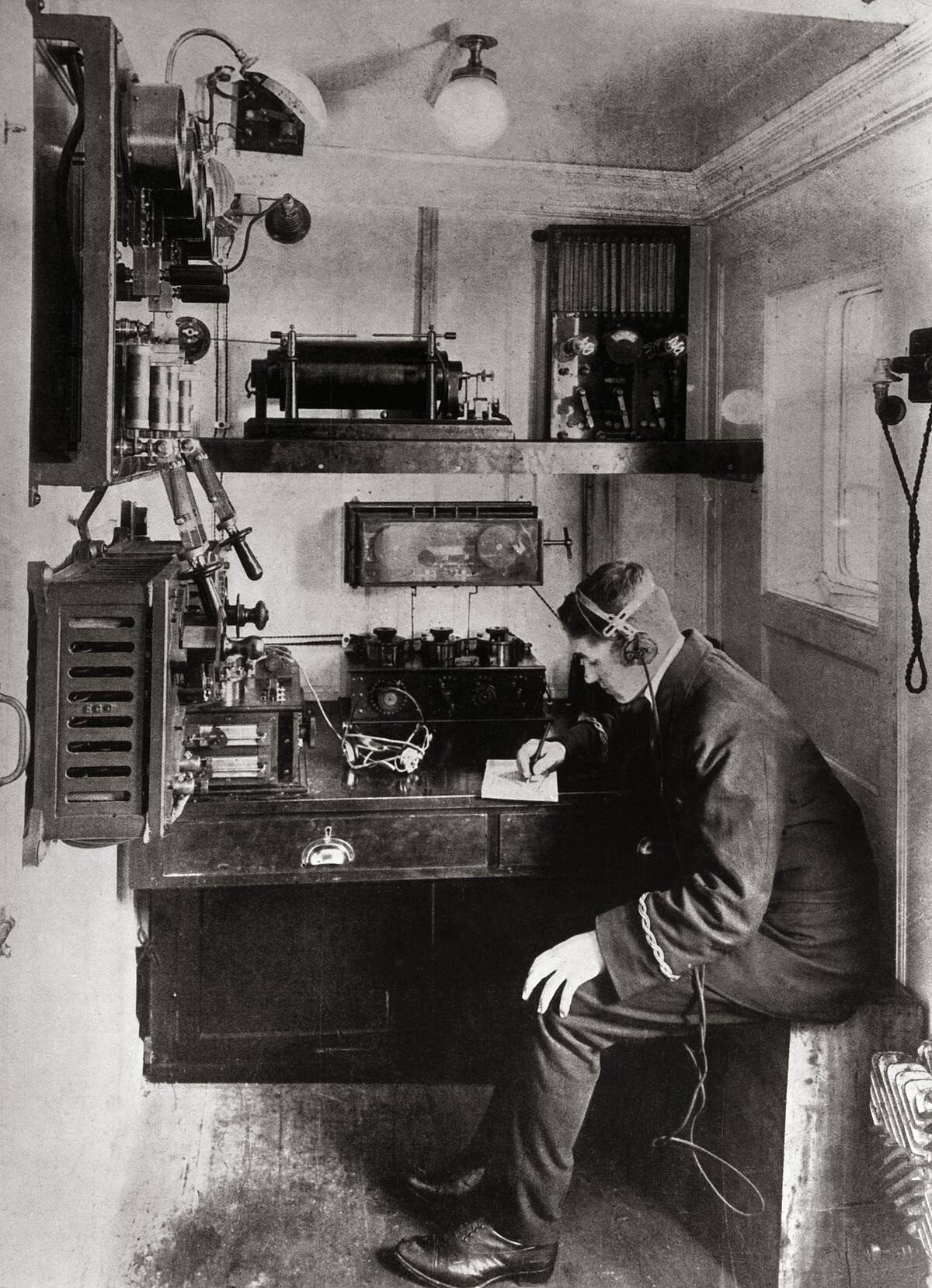
The Titanic disaster underscored the need for a universal distress signal, leading to the widespread adoption of SOS. Though SOS had been introduced a few years prior, it wasn’t universally recognized. The tragedy highlighted its importance, and by 1912, SOS became the standard distress call for ships worldwide. Its simplicity and clarity made it an effective means of communication during emergencies, and it remains a vital part of maritime communication protocols today, helping to ensure that ships in distress can call for help efficiently.
The Establishment of the North Atlantic Ice Service
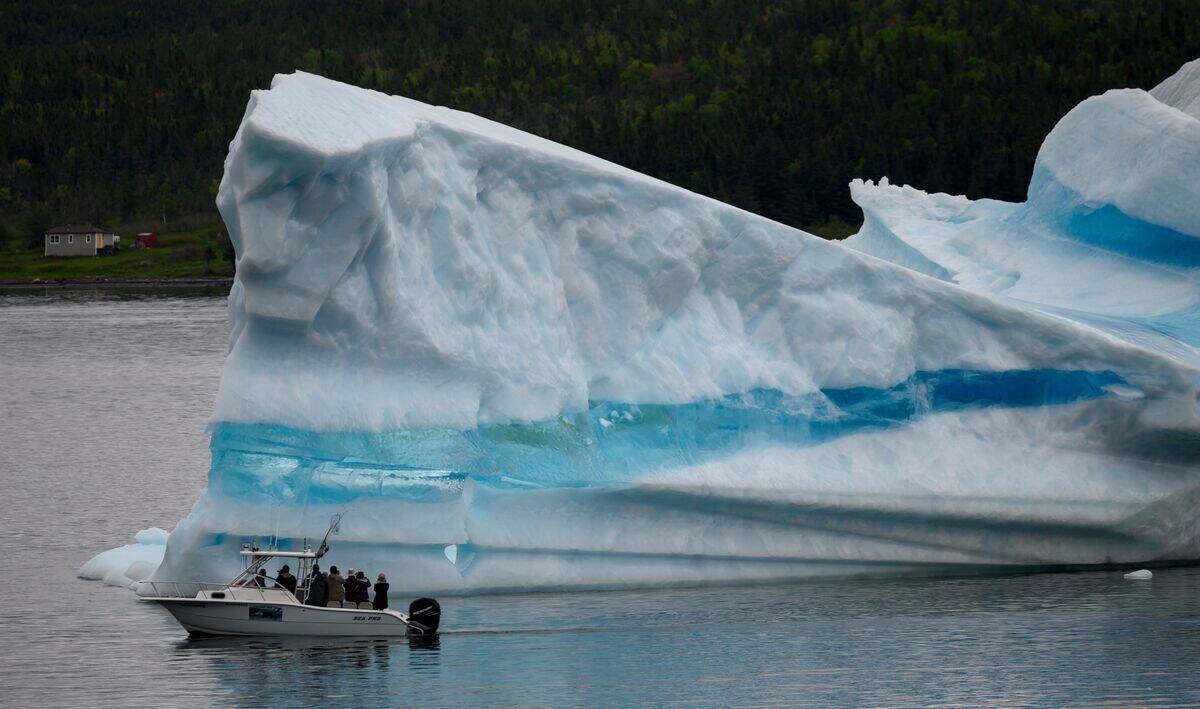
The creation of the North Atlantic Ice Service was another direct outcome of the Titanic disaster. This service was set up to complement the International Ice Patrol by providing additional resources and support in monitoring iceberg conditions. By sharing information and collaborating on ice observations, the North Atlantic Ice Service enhances the safety of transatlantic voyages. This cooperative effort between nations underscores the global commitment to preventing another tragedy like the Titanic, ensuring safer passage through iceberg-laden waters.
The Legal Legacy: Liability and Compensation Reforms
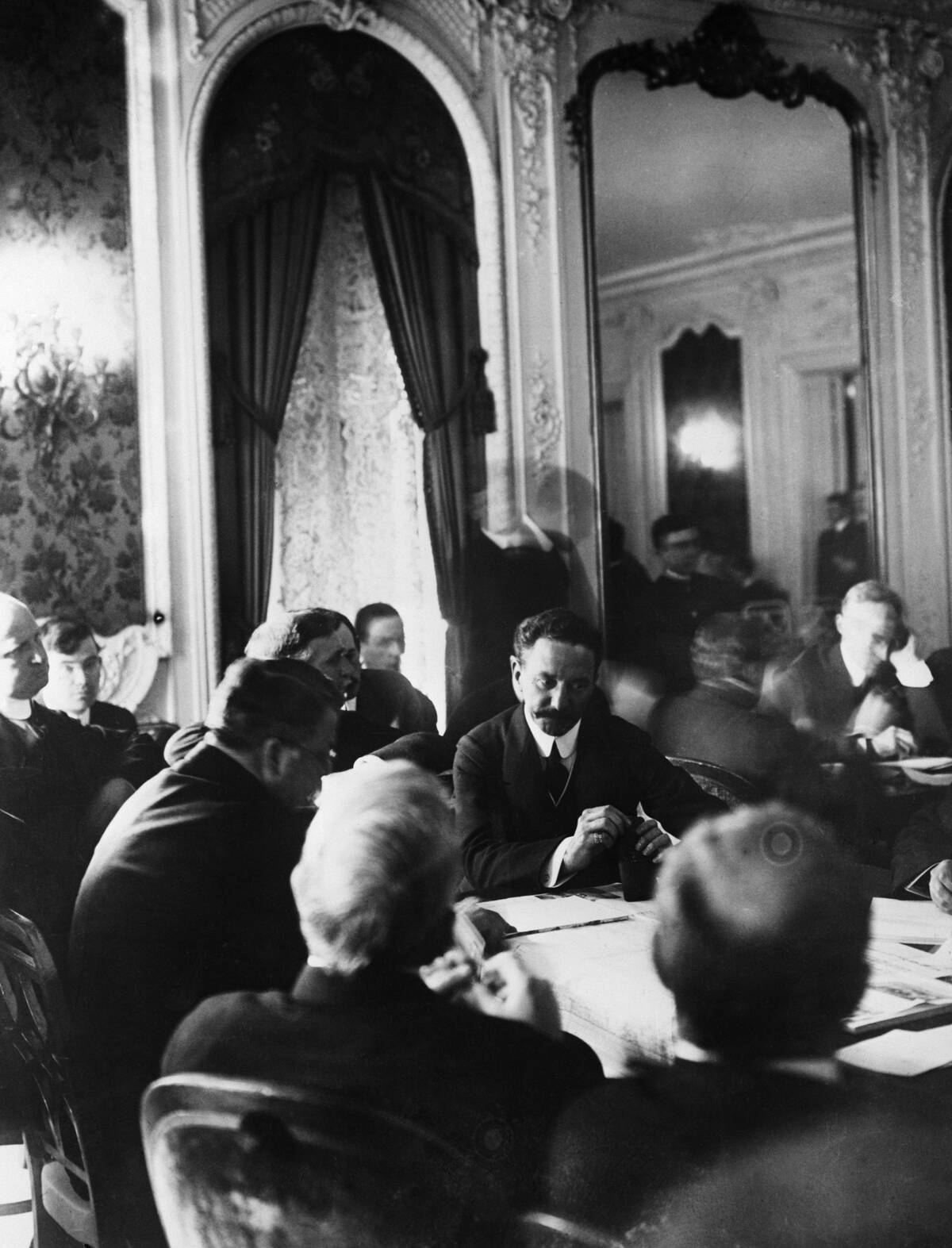
The Titanic disaster led to significant changes in liability and compensation laws related to maritime accidents. The tragedy exposed the need for clearer legal frameworks to address the rights and compensations of victims and their families. As a result, new laws were enacted to ensure that shipowners would be held accountable for safety lapses and that victims would receive fair compensation. These reforms have strengthened the legal protections for passengers and crew, ensuring that their safety and rights are prioritized in maritime operations.
The Role of the United States Senate Inquiry
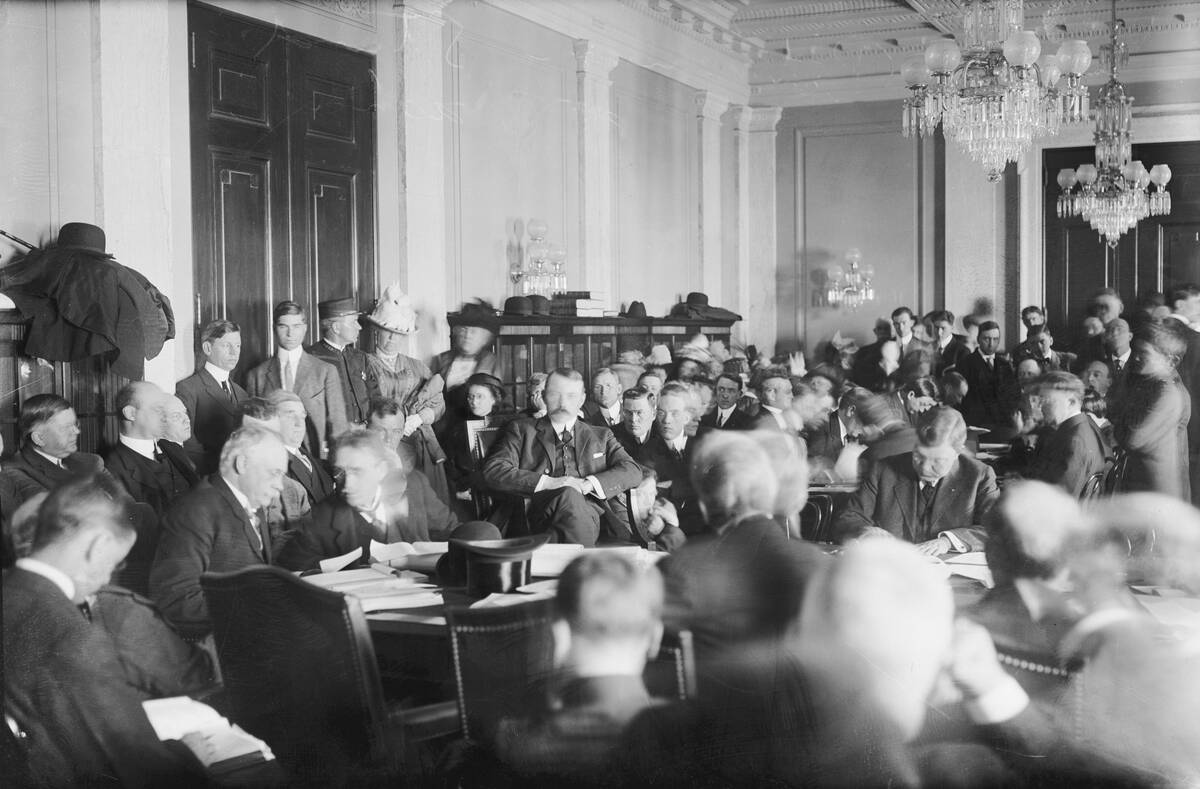
The United States Senate Inquiry was a pivotal investigation into the Titanic disaster, conducted shortly after the tragedy. The inquiry aimed to uncover the causes of the sinking and assess the adequacy of maritime safety measures. Its findings revealed numerous shortcomings, leading to recommendations for sweeping changes in safety protocols. The Senate Inquiry played a crucial role in prompting legislative action, resulting in improved safety standards and regulations that continue to protect maritime travelers today. Its work remains a cornerstone in the history of maritime safety reform.
Cultural Impact: How the Titanic Changed Public Perception of Maritime Travel
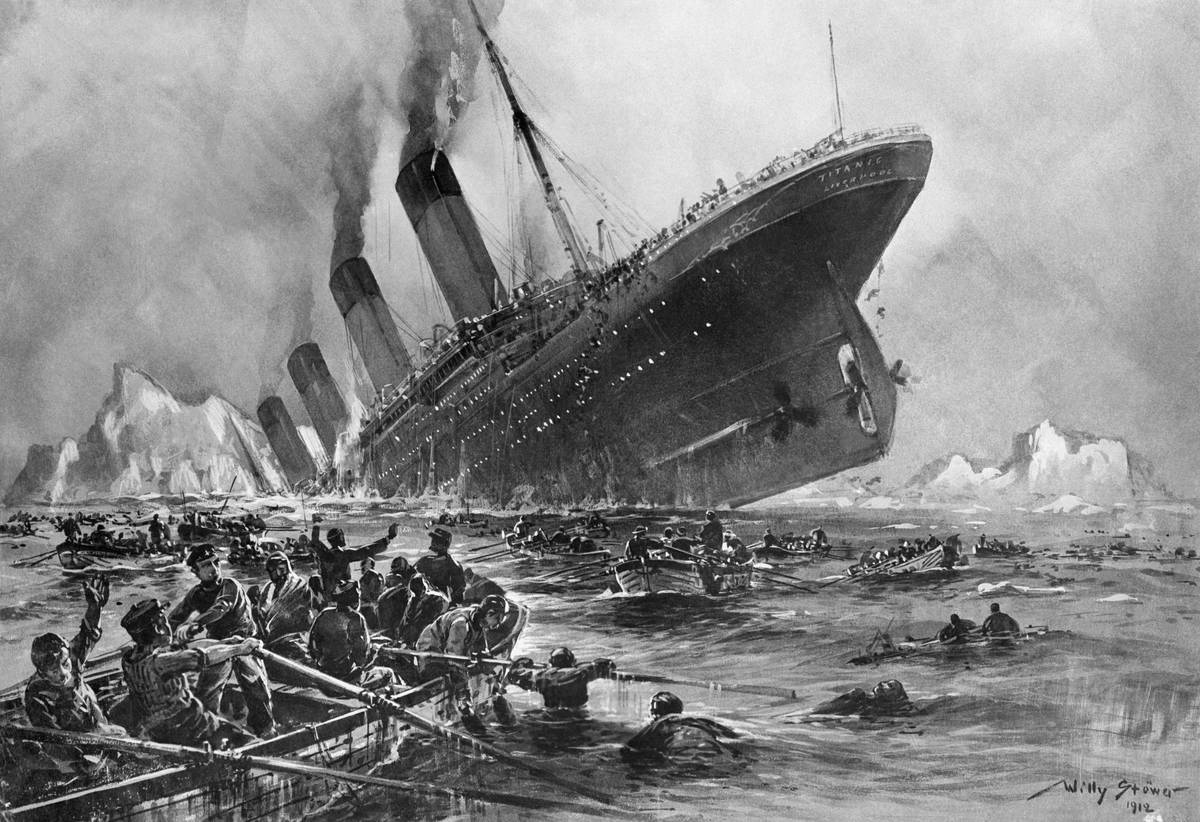
The sinking of the Titanic had a profound cultural impact, altering public perception of maritime travel. Once seen as a glamorous and luxurious mode of transportation, the tragedy exposed the inherent risks and vulnerabilities of ocean voyages. This shift in perception led to increased public demand for stricter safety measures and greater accountability from shipping companies. The Titanic has since become a symbol of hubris and human fallibility, serving as a poignant reminder of the importance of vigilance and safety in all aspects of travel.



